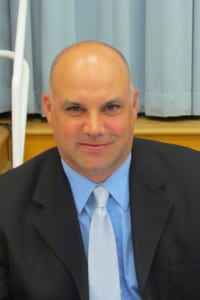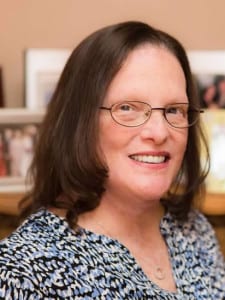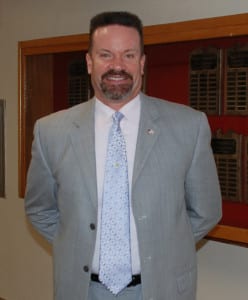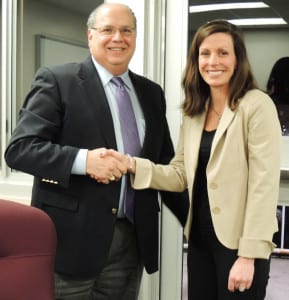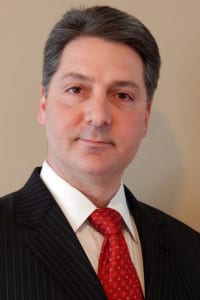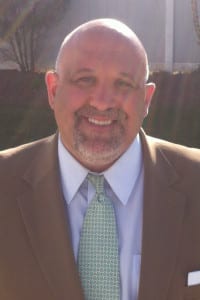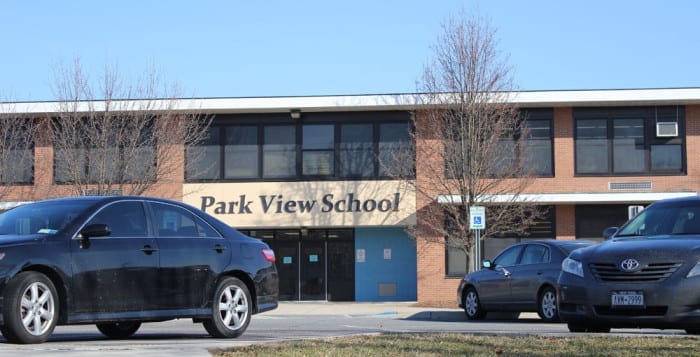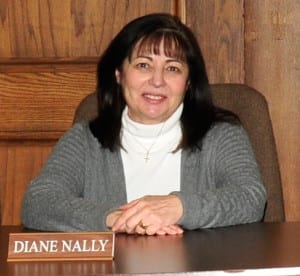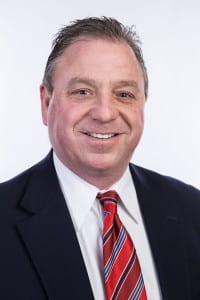The race for the Huntington school board this year will be cut-and-dry, as four individuals are running uncontested for four open seats on the school board.
Board President Emily Rogan and board members Xavier Palacios and Tom DiGiacomo are seeking re-election to new three-year terms on the board, as is newcomer Christine Biernacki, a Halesite resident and president of the district’s PTA Council.
The four seats include those held by Rogan, Palacios and DiGiacomo, but also former Vice President Adam Spector, who died after losing a battle with cancer last summer.
In interviews this week, candidates sounded off about what they’ve accomplished and what they feel they could bring to the board in the next three years.
Xavier Palacios
Palacios, an attorney with an office in Huntington Station, wears many hats. He has leadership roles in various groups like Huntington Matters, an anti-crime Huntington Station group, and the Friends of Huntington Station Latin Quarter. He is running for a second, three-year term.
Palacios wants to see the district continue parental engagement program efforts — something that was funded this year by a federal grant. The district’s been able to engage parents in their children’s education through the program’s efforts. He also wants to see the district continue to cut costs in innovative ways, such as building partnerships with other school districts and agencies.
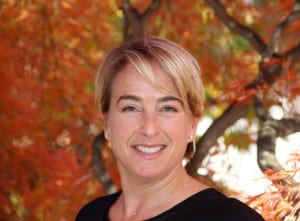
“I’d like to see us be able to find more efficiencies in how we run the buildings themselves,” he said. Palacios also spoke of the reopening of the Jack Abrams building and reinstating full-day kindergarten as big accomplishments.
Emily Rogan
Rogan, who is finishing her third term on the board, said she’s running again because she wants to keep the district moving in the right direction. She said she and her colleagues have made decisions in the interest of student success — she shouted out a few, like reinstating full-day kindergarten last year and reopening the Jack Abrams STEM Magnet School. There’s still work to be done, like improving the district’s food program, but overall, Rogan said the board is doing “real work,” and she wants to continue to be a part of that.
“We have been getting such terrific work done and I feel so good about the direction our district is heading,” she said. “For many, many years I did not feel like that. I kind of felt like I was banging my head against the wall.”
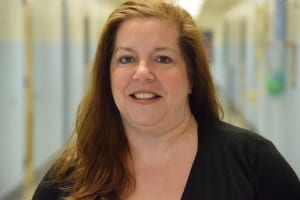
A large part of Huntington’s success has to do with its leader, Superintendent Jim Polanksy, who Rogan spoke highly of. She also spoke strongly about Huntington, noting she was raised and educated in the district.
Christine Biernacki
A newcomer, Biernacki said she’s excited to join the board and continue to help a group of people she feels is already doing the right things.
Biernacki is president of the district’s PTA Council. In that role, she has her finger on the pulse of what’s happening at all the schools in the district.
She is also a parent member in the district’s special education committee. A mother to a special needs child, Biernacki said she feels she would bring a unique perspective to the board on special needs issues.
“We have a wonderful special education program, but there are some areas that, for example, it was discussed at the last board meeting, adding some more student support, like a psychologist or social worker,” she said. “There’s such a need for that, not even in special education but across the whole range of students at our district.”
Helping special needs students isn’t the only thing Biernacki is passionate about. She also doesn’t want to see class sizes increase.
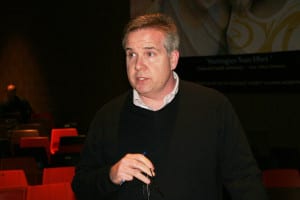
Biernacki is an attorney who works from home.
Tom DiGiacomo
DiGiacomo grew up in Huntington Station and has roots in the district that go back three generations. He’s running for a second, three-year term on the board.
The incumbent is the director of technology sales for at Complete Packaging and Shipping Supplies.
Recently, DiGiacomo voted in favor of adding two new soccer teams to J. Taylor Finley Intermediate School. He’s also expressed interest in the district exploring solar energy alternatives.
His experience includes project and budget management, finance and implementing technology solutions, according to his district bio.
He didn’t return calls seeking comment this week.




